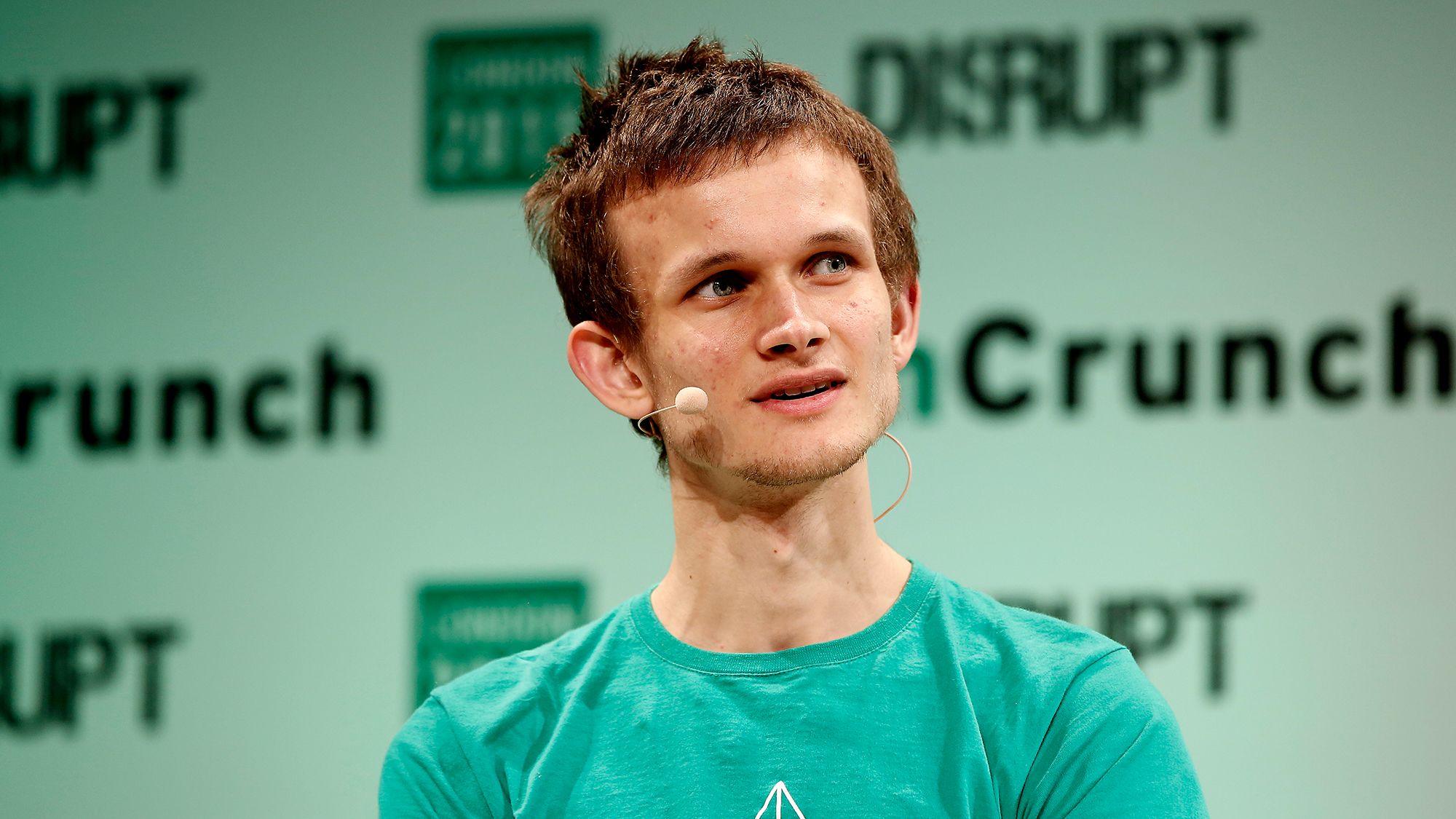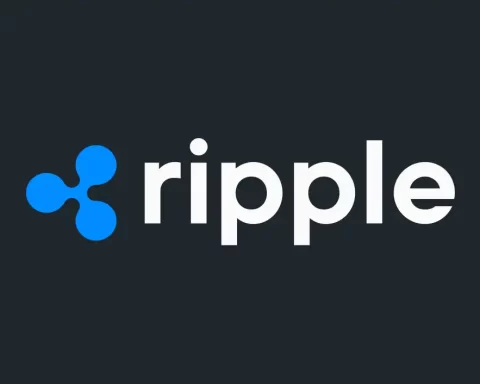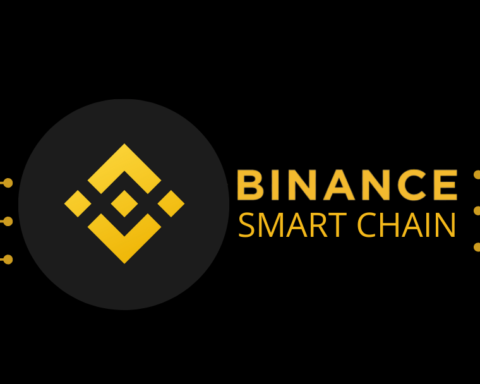Ethereum co-founder Vitalik Buterin and the Ethereum Foundation are exploring multiple strategies to reduce Ethereum’s maximum block size, aiming to optimize the blockchain for a “rollup-centric roadmap.”
On February 5th, Buterin and Ethereum Foundation researcher Toni Wahrstätter highlighted the need to enhance block space utilization, noting that the effective block size has nearly doubled in the past year due to the increasing use of rollups for data availability and trends like Inscriptions.
The blog post outlines five solutions of varying complexity to raise block gas limits and discourage calldata usage, ultimately reducing the maximum block size and variance to accommodate more data in the future.
One of the simpler solutions proposed involves increasing the calldata cost from 16 to 42 gas, effectively reducing the maximum block size from 1.78 megabytes to 0.68 megabytes.
However, this approach could discourage apps like StarkNet, which rely on large calldata for on-chain proofs.
An alternative solution could entail increasing calldata costs while decreasing other opcode costs in the Ethereum Virtual Machine (EVM).
Another option is to cap calldata per block, as suggested in Ethereum Improvement Proposal (EIP)-4488, although this might also deter apps heavily reliant on calldata.
A separate calldata fee market, similar to data blob handling, is another potential solution, with pricing adjusting based on demand.
READ MORE: Best Crypto Projects Ranking
However, this approach adds complexity to analysis and implementation.
The final concept involves offering an “EVM loyalty bonus” to compensate calldata-heavy applications.
Data blobs, which are substantial data packets integrated into Ethereum’s blockchain to optimize data management and storage, are set to be introduced with the EIP-4844 Dencun upgrade.
Buterin and Wahrstätter acknowledged that a straightforward increase in calldata costs to 42 gas might be too blunt, while separate fee markets could introduce excessive complexity.
They suggested a balanced approach of increasing calldata costs while reducing the costs of certain operations or incentivizing calldata use within the EVM.
Notably, Buterin had previously proposed calldata limits per block in 2021 to lower gas costs.
In January, Vitalik Buterin had also recommended raising the Ethereum gas limit by 33% to 40 million to enhance network throughput.
This adjustment would allow more transactions per block, boosting overall network capacity but potentially increasing hardware demands and the risk of spam and attacks.
Discover the Crypto Intelligence Blockchain Council




